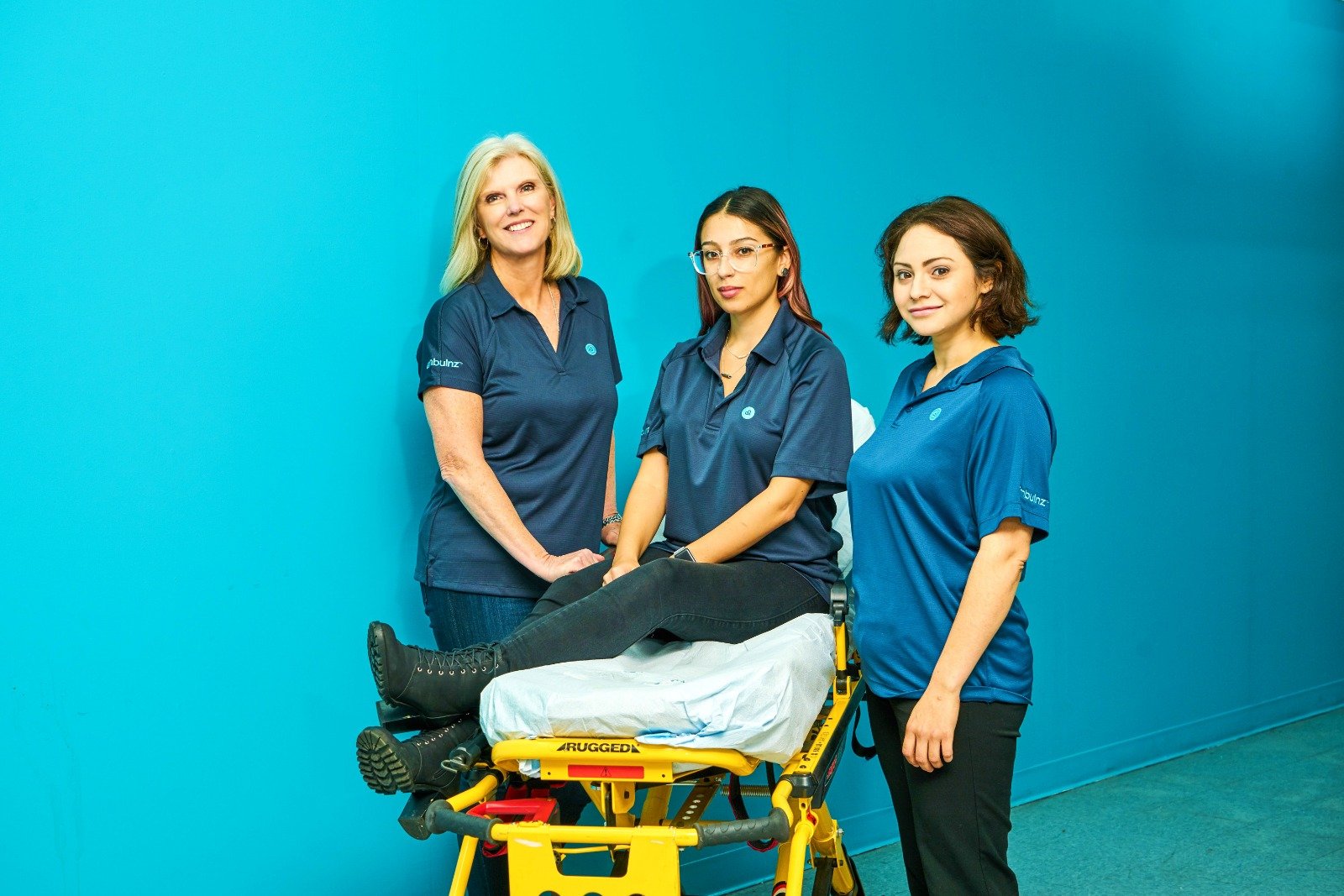It’s National Doctors’ Day, and we’re celebrating the care and dedication that the over one million doctors around the country provide. Along with EMTs, Nurses, and more, doctors form a critical part of our healthcare system. It’s their commitment to bettering patient care that has pushed the advancement of medical technology to the incredible place we’re at today. We’ll explore just a few of the new technologies doctors are using to improve care, both in and out of their offices.
The development and growing popularity of telemedicine
One of the biggest advances in consumer technology in the past decade, smartphones loaded with apps, is also impacting the way physicians do their job. These give patients a way to self-monitor their own conditions and treatments with an app right on their phone. Under the supervision of their doctors, apps can empower and encourage patients to take control of their health. Some of these apps are getting FDA approvals as well, like a device that wraps around a phone that can monitor a patient’s heart rhythm. The popularity of these kinds of apps has gotten so large that many app stores have an entire medical category with thousands of choices.
Doctors are typically on the front line of new medical technology, implementing new treatments and practices before they filter down. Dr. Isaac Bash, MD, who specializes in Emergency Medicine, uses Video Laryngoscopy as an example of technology currently used in hospitals that could be coming to rigs. “Video Laryngoscopy could soon be making its way into the world of EMS. It allows first responders the ability to get a clear image of the patient’s airways and help improve the ability to get definitive airway on first pass attempts.”
So let’s take the time to thank the men and women who have changed the lives of almost everyone in the country for the better by dedicating themselves to using the latest and greatest technology.






